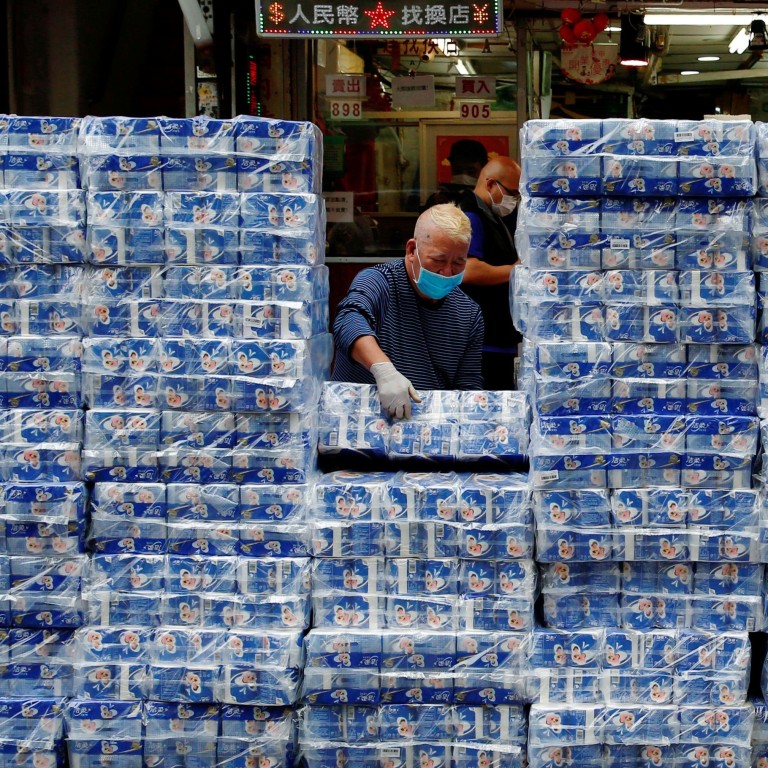
Coronavirus: Southeast Asian supply chains feel the squeeze from Covid-19
- Construction in Singapore, garlic in Indonesia and lobsters in Australia: all have been hit by the supply chain havoc caused by the coronavirus
- Singapore learned the need to diversify years ago, but do others really have any other option than relying on China?
Meanwhile, much of the construction materials in Singapore also come from China. “The tiles, the aluminium, doors, metal work, moulds for precasting … We’re worried we won’t get our supplies because our dependency on the Chinese is significant,” Loo said.
Since the Covid-19 outbreak started in China in late December, Chinese cities have been locked down, with workers stuck in their homes. Factories are slowly limping back into production, but analysts from investment bank Nomura – gauging pollution levels to determine the productivity of factories – estimate that the worker return rate for 15 cities was just 25.6 per cent as of February 19.
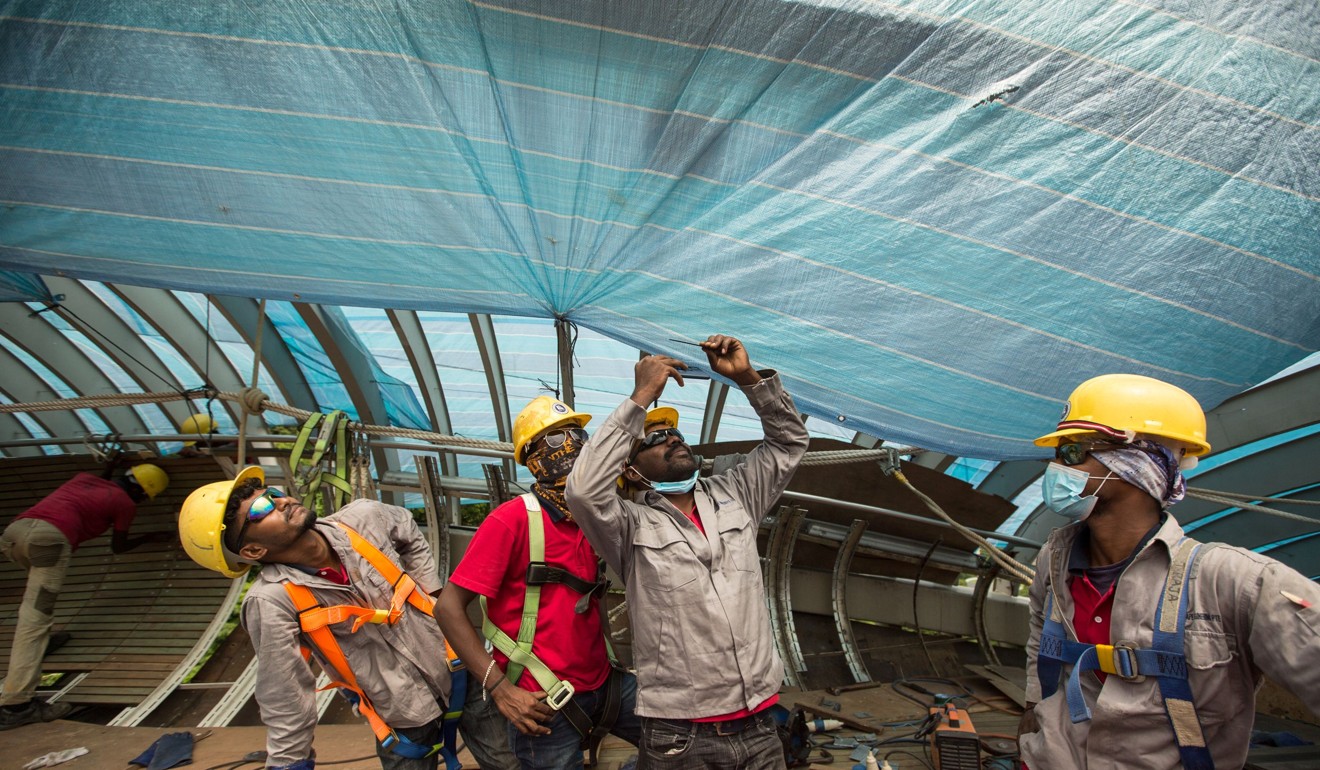
In addition, Chinese migrant workers who work in other parts of the world are also unable to return to their host countries as they restrict entry or slap quarantine orders on anyone who has recently travelled to China.
SHUTTING THE DOORS
Singapore was one of the first countries to implement a travel ban on January 29 when it restricted entry to travellers from Hubei province, the epicentre of the outbreak. Starting February 1, the restriction was extended to all travellers who had been to China, and this past week it was expanded to anyone coming from Daegu city and Cheongdo county in Korea.
Singapore’s restrictions applied to about 30,000 Chinese workers who had returned to China for the Lunar New Year break in January, and now these workers have to apply for permission to return in staggered batches, leaving employers like Loo juggling to maintain a viable workforce.
Singapore unveils US$4.6 billion economic boost in budget to battle coronavirus
“If we depend on one subcontractor and he doesn’t have workers, we’ll have to look for alternative subcontractors” to take over some of the company’s building projects, Loo said, adding that this means paying more in labour costs to meet construction deadlines.
An owner of nickel and zinc mining and smelting assets in Indonesian also said he was facing a few months’ losses because only Chinese workers had been trained to use his ore smelters and they were stuck in China because of travel bans.
Lim, who owns a recruitment agency supplying foreign workers to the constructor sector and asked to be identified by his surname, said there has been a 20 to 30 per cent drop in workers applications this past month.
Most Singapore businesses expect the labour impact to ease once China has contained the outbreak and travel restrictions are lifted, but for now they are left to struggle through their supply chain issues.

CARGO, LOBSTERS AND GARLIC
The 200-plus containers of cargo they dealt with each month had dwindled to just 40 since the outbreak, said the company’s general manager, Aung Myo Zaw. Now, he said, “I just want to go back to normal.”
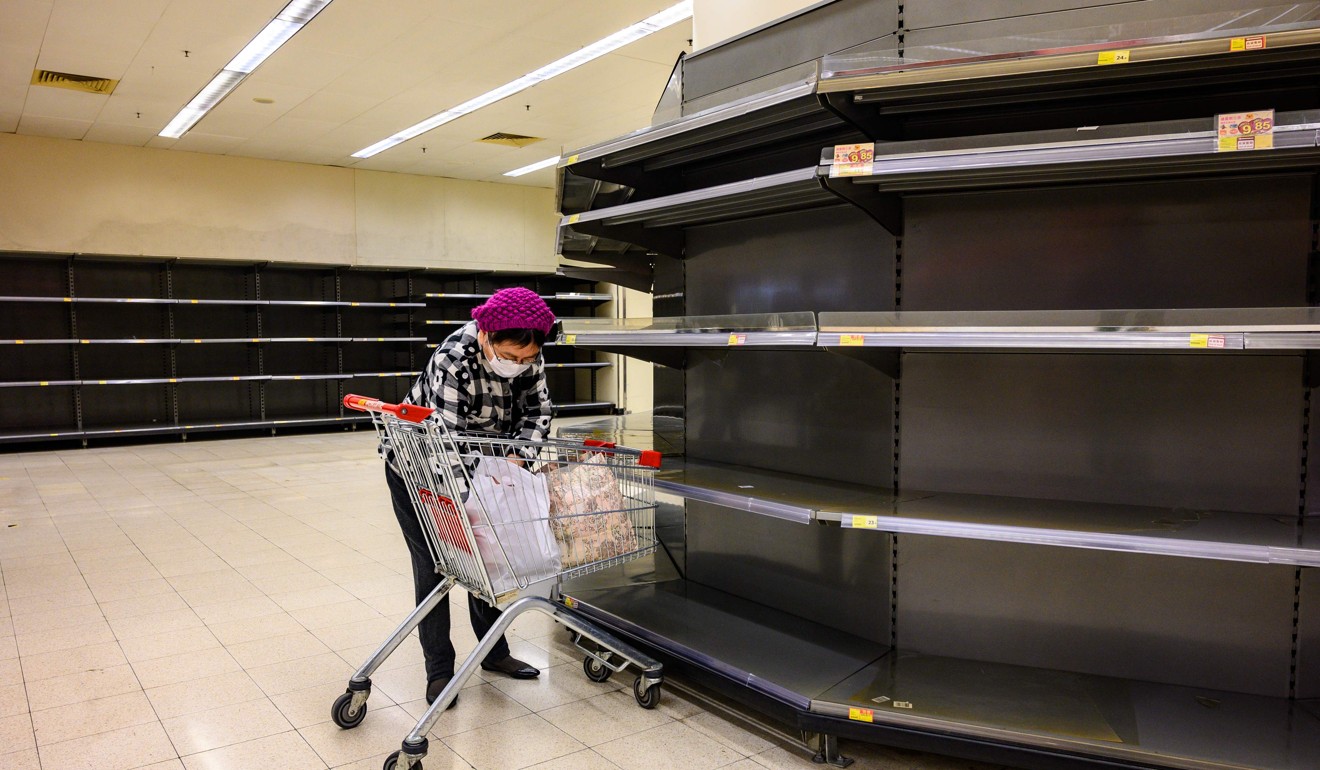
OCBC economist Wellian Wiranto said about the rash of issues: “When you think about it, it is staggering how dependent our daily lives and broader economies have become on supply chains working smoothly.”
Wiranto said that even if countries were not directly dependent on goods from China, their other source countries still used raw materials from the mainland.
Singapore leaders take pay cut as coronavirus batters global economy
China is also a key supplier of apple juice and vitamin C – basic ingredients made in bulk for other companies to turn into effervescent drinks or tablets, said CIMB Private Banking economist Song Seng Wun.
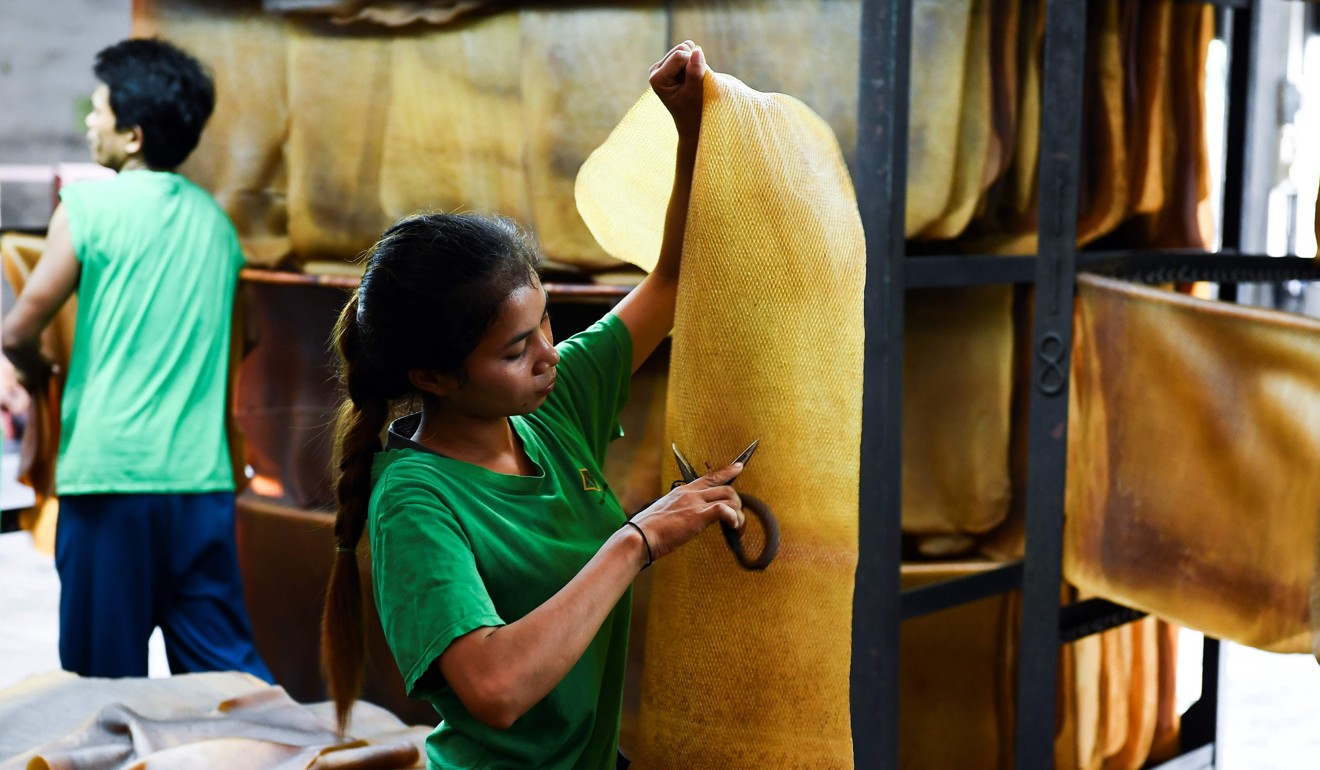
A CLOSER LOOK AT SOURCING
As countries brace themselves for the full economic impact of the virus, one country has its eye on the future. Singapore’s Minister for Trade and Industry Chan Chun Sing said the country had a two-pronged line of attack for dealing with the virus: a S$6.4 billion (US$4.7 billion) war chest to help companies and individuals through the economic storm, and a plan to ensure the city state would be first out of the gate towards full recovery.
The plan involved having Singapore businesses re-examine their labour and material supply chains to “make sure that we’re never held to ransom by a single source or a single market”, Chan said at a meeting with business leaders on Wednesday.
Singapore learned a similar lesson in 2007, when the construction sector – then reliant on Indonesia for 90 per cent of its sand – nearly came to a standstill after Indonesia banned sand exports to the republic. With a new train line and the two integrated resorts in the works, the government released its national stockpile of sand to the market and bore 75 per cent of the price hike of sand for public projects.
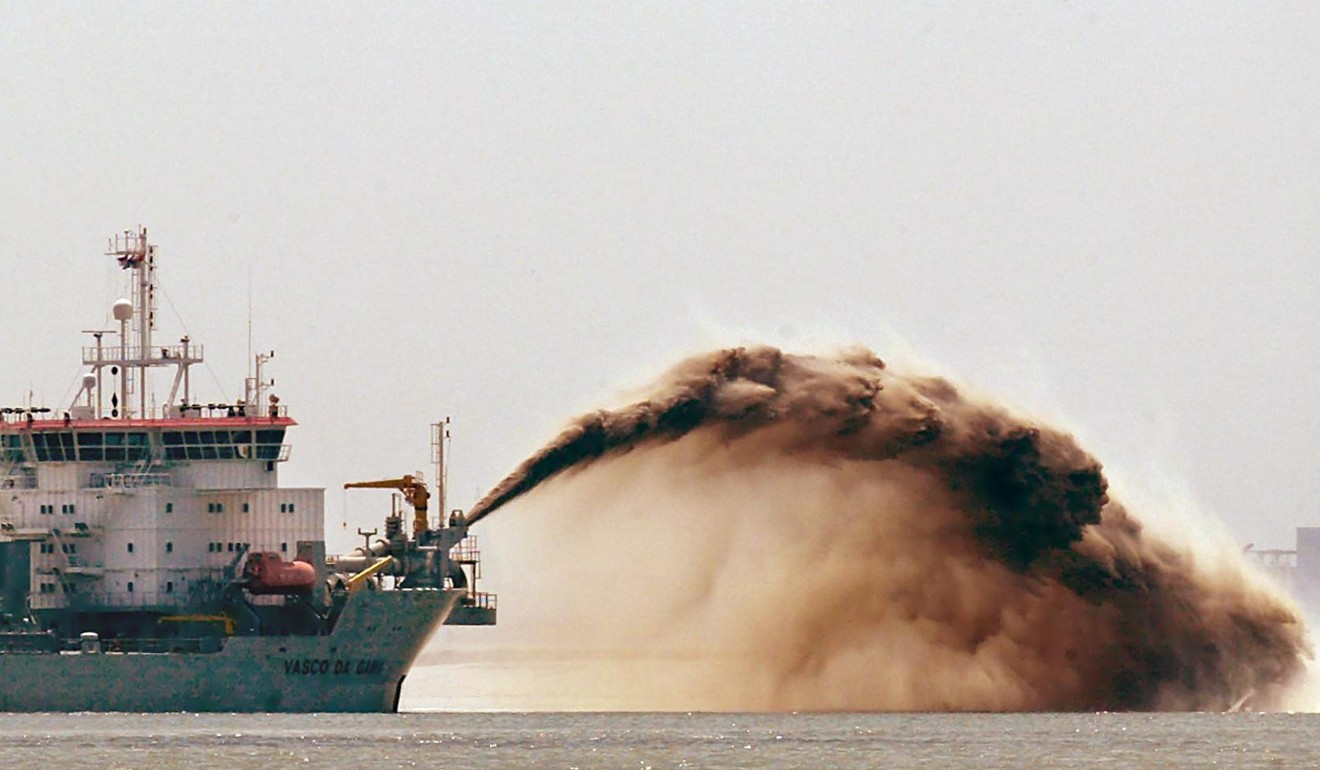
Since then, the government has made it mandatory for the sector to diversify its sources of sand.
Chan said at the business meeting that the Singapore government wanted to delve deeper and examine where the suppliers of Singapore businesses got their raw material from. “We’re not just talking about the first layer of the supply chain, we’re even going into the second, third layer to look at where the components form that supply chain in order for us to have a really resilient supply chain for our respective businesses,” said Chan.
“If the supply chain breaks, even if it’s the smallest part, it disrupts the entire supply chain.”
THE BOOMERANG EFFECT
What is unclear is how much countries really can diversify their sourcing, given that China is the top supplier of intermediate goods for many countries. China’s size, broad-based supply chain, and infrastructure provisions made it an “unmissable market for most”, said Wiranto.
Raw materials aside, there is also a fear that the rapid spread of the coronavirus outside China will affect other supply chains. “Businesses might be looking at alternatives from Vietnam, but as the virus becomes more global over recent days, even supply chains which they thought are safe from interruptions could be disrupted,” said Song, the CIMB economist.
AmCham survey finds US businesses confident in Singapore, despite coronavirus
Selena Ling, head of treasury research and strategy at OCBC Bank, warned some of the impact would only show up later. “You may not directly feel it, but it will boomerang back and hit you because it will show up in growth numbers and trade numbers going forward.”
The Economist Intelligence Unit has predicted that global real GDP growth will dip below 2.5 per cent this year, from 3 per cent in 2019.
Loo, the Straits Construction COO, hoped the impact would not be as long-lasting as some predicted. His company was digging into its stockpile of construction material, and new orders had just left Chinese ports for Singapore after a lengthy delay. “In a couple of weeks’ time, we’ll have a clearer picture of where the gaps [are],” he said. “With China starting work now, maybe everything will get back to normal by April or May.” ■
Additional reporting by Jitsiree Thongnoi and Aloysius Unditu


